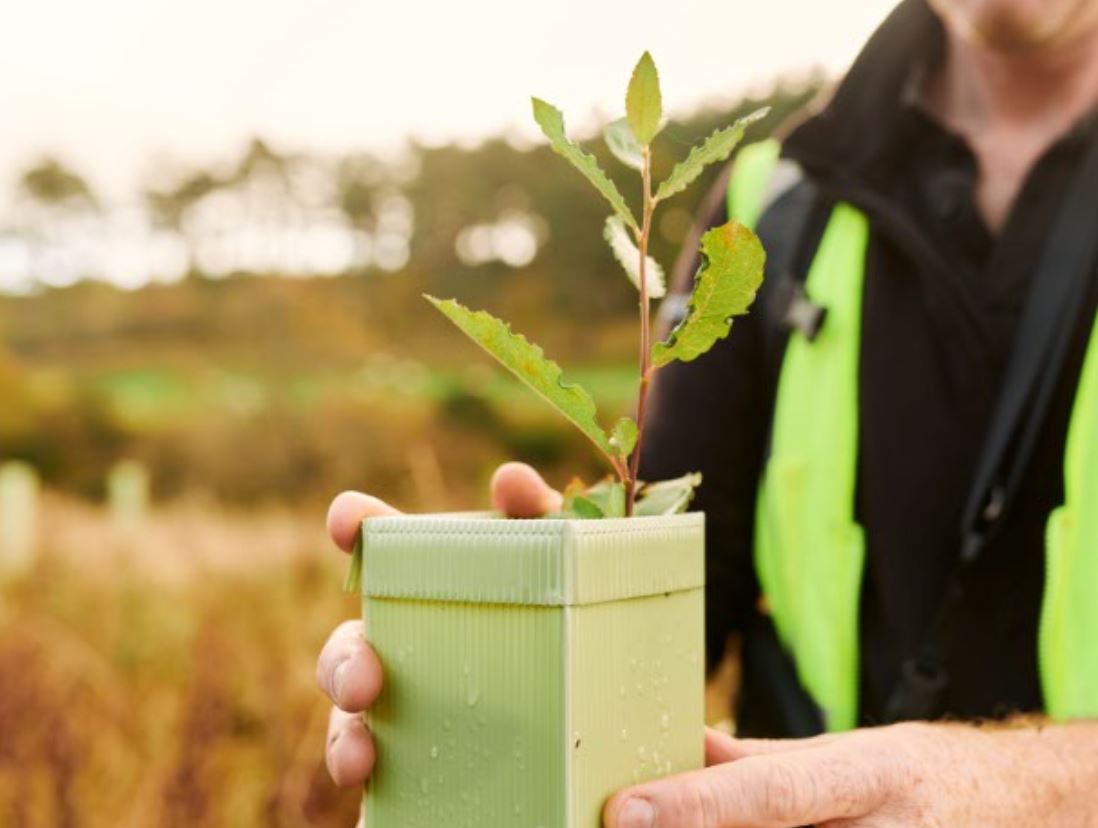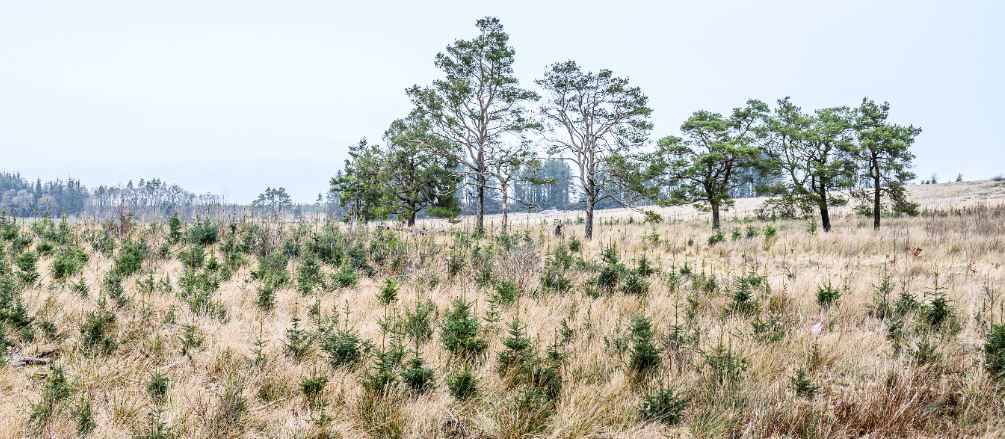News
Clarifications provided for Woodland Carbon Code version 2.2
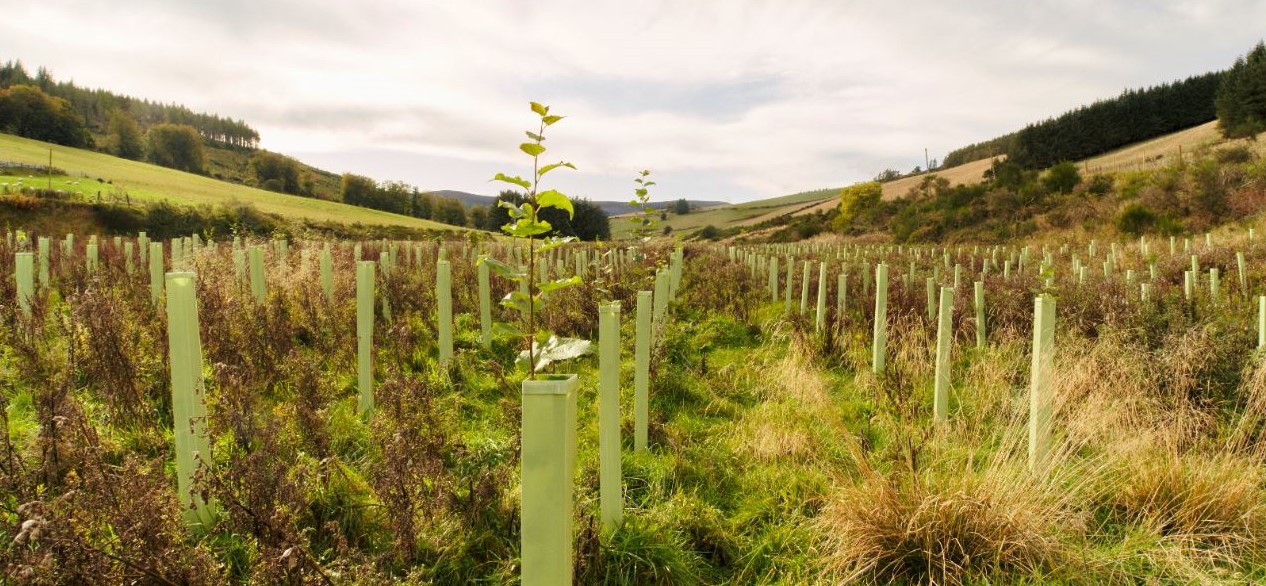
We have made some clarifications to the current version of the standard.
Clarifications offer project developers and validation and verification bodies clear direction on interpretation of the standard.
Clarification 1 should be read alongside the Woodland Carbon Code version 2.2 and are effective immediately.
We have added example maps and provided further guidance for projects with areas of natural regeneration. We have also made changes to:
- The carbon calculator
- The survey protocol
- The monitoring report
There is no requirement to move your carbon calculations or monitoring reports to new versions as you will still get the same result. However, it might help you to use the new carbon calculator if, for example, you have a natural regeneration area in your project. If you haven’t yet planned your survey, the updated monitoring report has an improved ‘survey planning’ tab.
Webinar | The future of monitoring

Date: Thursday 23 May
Time: 3pm to 3.30pm
Venue: Online via Microsoft Teams
Join our Monitoring Advisor, Leon DeBell, for an insight into how remote sensing technologies could be used to help monitor Woodland Carbon Code projects. Leon is exploring how technologies such as instruments on drones, planes and satellites could help to measure the carbon trees have stored.
We will record the webinar and share the video online after the session.
Interim end of year statistics published
We’ve recently published our end of year interim statistics for 2023 to 2024.
The data shows that we’ve doubled the number of validations completed in a year (completing 170), bringing the total number of projects validated to 621.
Projects validated to the woodland carbon code have created a total of 34,000 hectares of woodland and are predicted to sequester over 11 million tonnes of carbon dioxide equivalent over their lifetime.
Well done to landowners, project developers, validators and the Woodland Carbon Code team for all their hard work.
Woodland Carbon Code featured in new video
What is the Woodland Carbon Code? Scottish Forestry has published a new video providing an overview of the code.
Deadline announced for next Woodland Carbon Guarantee auction in England
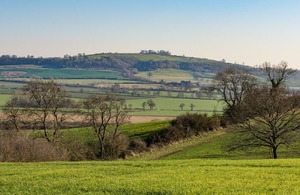
Farmers, foresters and other land managers in England are being encouraged to apply for the Woodland Carbon Guarantee scheme ahead of the eighth auction, which will take place online from 23-29 September. The deadline to apply is Friday 6 September 2024.
Administered by the Forestry Commission, the Woodland Carbon Guarantee is a £50m scheme that aims to help accelerate woodland planting rates and remove carbon dioxide from the atmosphere and has already resulted in nearly 3,000 hectares of new woodland across the country.
£20m is now available as part of the eighth auction, for farmers and land managers in England to create new woodlands to help tackle the effects of climate change, providing new income in the form of long-term payments for the amount of carbon a new woodland will store. Woodland creation also provides a wealth of other benefits from helping to reverse biodiversity decline and increasing green jobs to aiding physical and mental health.
Following an online auction process, successful bidders will be offered the option to sell woodland carbon in the form of Woodland Carbon Units – a financial value given to each tonne of carbon stored – to the Government up to 2055 at a guaranteed price protected against inflation. The scheme reflects the Government’s confidence in the continued growth of markets for woodland carbon, as landowners will continue to benefit from a reliable revenue stream in selling carbon on the domestic market.
For the first time, the auction will be opened up to farmers, foresters and land mangers whose projects are not currently in receipt of Government funding to allow an even greater number of woodlands to benefit from the auction. These projects will have access to a higher, undisclosed reserve price per Woodland Carbon Unit. Projects can still receive the Woodland Creation Planning Grant to support the design process and remain eligible for this new category.
Using your feedback to inform our communications
Thank you to everyone who completed our recent communications survey. We received 95 responses. Your feedback highlighted several areas where we can enhance our communications, including:
- Reviewing the content on our website
- Running online information sessions
- Sharing more updates on changes and developments
We’re now working to implement these changes. Please This email address is being protected from spambots. You need JavaScript enabled to view it. with any further suggestions on how we can improve our communications.
Congratulations to the winner of our prize draw. Enjoy spending your voucher, Phil!
Blog | Exploring new technologies to monitor trees
International Day of Forests is held on 21 March each year to celebrate and raise awareness of the importance of forests and trees.
With this year’s theme focusing on innovation, we caught up with the Woodland Carbon Code’s new monitoring advisor, Leon DeBell, to find out about his work.
Can you tell us a bit about your role?
My role is about researching, investigating and trying to establish a clear set of guidelines or methodologies for using remote sensing technology such as drone derived and satellite imagery. This could include photograph style images or images created from wavelengths beyond the normal human spectrum.
What types of technology are you exploring?
We’re investigating technologies for both the physical collection of data and the processing of it. An example would be:
- Using a drone to collect aerial photographs and LiDAR (light detection and ranging) data
- Processing these photos and data into products such as high resolution aerial orthomosaic images or canopy height models
- Using software or code to analyse these products to count the number of trees at a site or determine their height and size to calculate the volume of carbon being sequestered
At any stage of this process, changes in method can have an impact on the final result, so understanding these combination relationships is really important.

Will you be running trials?
Yes, we have a number of trials lined up for the next 12 months. We will look at a range of methods and approaches across a variety of five and 15-year verification sites.
If you have a Woodland Carbon Code project and are interested in helping pilot new ways of measuring carbon, This email address is being protected from spambots. You need JavaScript enabled to view it.!
How could these technologies benefit Woodland Carbon Code projects?
Some of the key benefits might include:
- Improved health and safety for surveying sites
- Gathering reliable data for whole sites, rather than just from plots within them
- More precise calculations of woodland carbon
- Recycling data to improve future models and calculations
- Improved ability to track projects across shorter timespans (i.e. updates less than every 10 years)
- Reductions in cost and time burdens for our partners and clients, which could help to encourage more projects
What challenges do you face?
There are a mix of challenges to adapt to. For a five-year verification, we’re interested to see that a new woodland plantation is growing as expected, that there’s no major health concerns and the correct number of trees are growing for what was calculated from the outset.
This differs from a 15-year verification, where we also include information on tree species, size and height for the carbon calculations. Mixed broadleaf or natural regeneration present very different challenges compared to the more regular structure of planted conifer sites.
You then have to add in the range of technologies available. It’s a case of trying to establish the right and most accurate tool for each of those jobs, from the type of data collected to which type of processing to use.
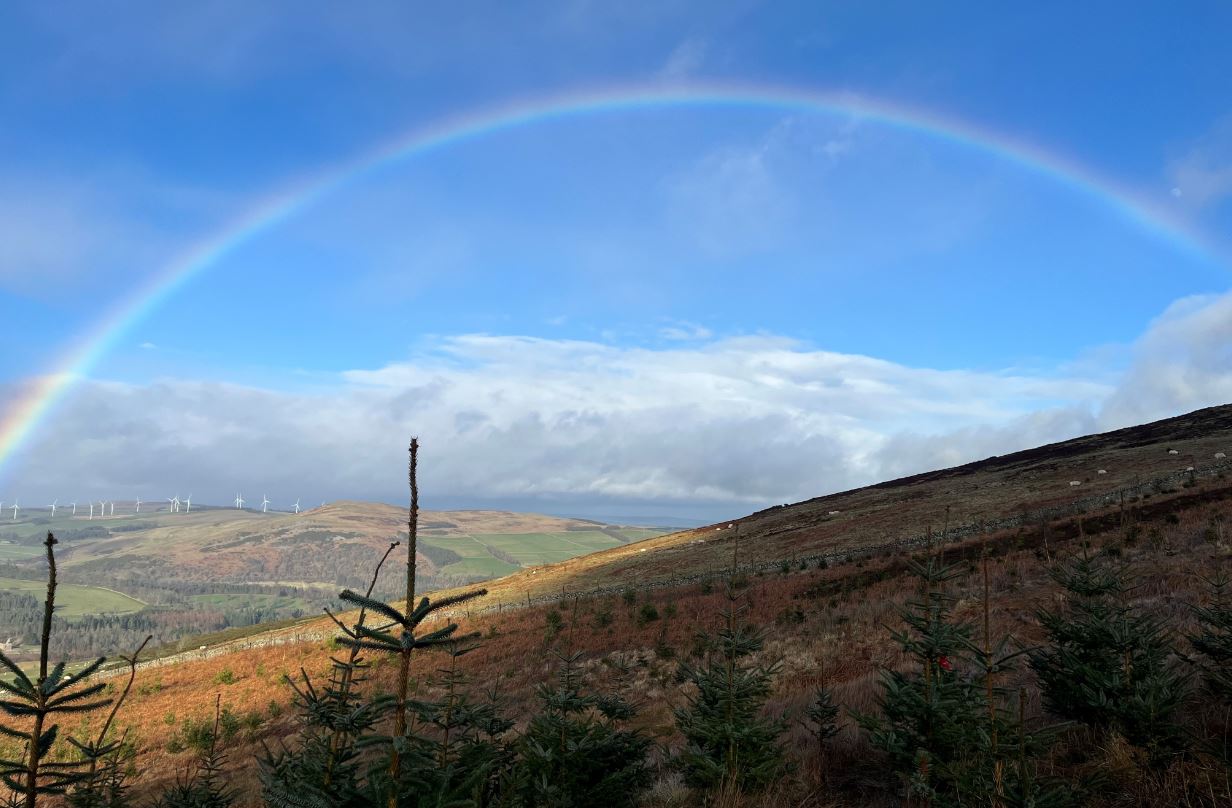
How did you get into monitoring?
I’ve been involved in monitoring and remote sensing in a variety of forms for about ten years now. It all started with a project I was part of through the University of Exeter, developing a new drone remote sensing platform which used thermal cameras to detect surface water in peatlands. It was a really great time to be involved. It was pretty much the start of the boom period in academia for drone remote sensing, so there were a lot of fun and exciting projects that followed on from that!
What’s the most exciting part of your job?
I’m a real tech geek, at home and at work. I just love technology. I also have conservation and ecology at the heart of everything I like to do. Add in researching, problem solving and being able to combine these all together for a project that has a meaningful impact for the future brings me a lot of joy. It’s a really well-defined recipe for me!
For more information on Leon’s work, visit our remote sensing webpage.
Help to shape our communications and enter our prize draw!

The Woodland Carbon Code team is keen to ensure our communications meet your needs.
We’ve devised a short survey to capture your views and inform our communications strategy. Quick and easy to complete, it should take no more than six minutes of your time.
The survey is open until Sunday 3 March and respondents will have the opportunity to enter a prize draw to WIN a £20 Not on the High Street voucher.
Project launched to develop standard buyer-seller contract
We've launched a new project to develop a standard buyer-seller contract for Pending Issuance Units and Woodland/Peatland Carbon Units. The work is being supported by NatureScot in collaboration with the Scottish Government and in partnership with the National Lottery Heritage Fund, through the Facility for Investment Ready Nature in Scotland.
The project aims to support smaller-scale and community participants in carbon markets. It also hopes to support the market by:
- Making the process of contracting easier
- Reducing transaction costs
- Increasing the integrity of codes/standards and confidence in their use
We hope a standard contract will help landowners, tenants, community groups and buyers to participate in nature markets with greater confidence.
We’ll be working throughout 2024 and are aiming for the first contract to be ready for use in spring 2025. We will invite the views and experience of a range of landowners, developers and carbon credit buyers.
We’ll provide more information in our newsletter and on our project webpage as the project develops. You can also This email address is being protected from spambots. You need JavaScript enabled to view it., Nature Market Contracts Project Manager, to find out more.
2021 March 24: WCC Version 2.1 Published
We’ve published a new version of the WCC today and there are some key changes for project developers and landowners to note:
There is a new standard document, and new template documents for all stages (registration, validation and verification). If you haven’t yet started on your documentation, please use the new Version 2.1 documents (Version 2.4 for the carbon calculator).
Registration: After 30 June 2021, projects have to be registered BEFORE PLANTING STARTS
- If you planted this winter (20/21) and were planning on registering, make sure you submit by 30 June 2021.
- If you are planting next winter (21/22), make sure you register before you plant.
Registration, Validation or Verification: If you have started preparing documents for any of these stages, you have until 30 June 2021 to submit your project using the current version of documents. After that date all projects must be submitted on the new Version 2.1 documents (Version 2.4 for the Carbon Calculator).
Key changes/ additions to the guidance:
- Additionality: We have created a new WCC Cashflow Spreadsheet with a Guidance Document to help you complete it.
- Carbon Calculation: We have added options for natural colonisation/ regeneration, made some cosmetic changes to the WCC Carbon Calculation spreadsheet and added a new Guidance Document.
- Monitoring your project: We have added further information about monitoring your project including:
- An updated survey protocol
- Further guidance on monitoring from year 15 onwards including
- Full Monitoring and verification procedures
- Basic Monitoring and verification for projects who use the small projects calculator
- A Self-Assessment option which can be used if certain criteria are met.

